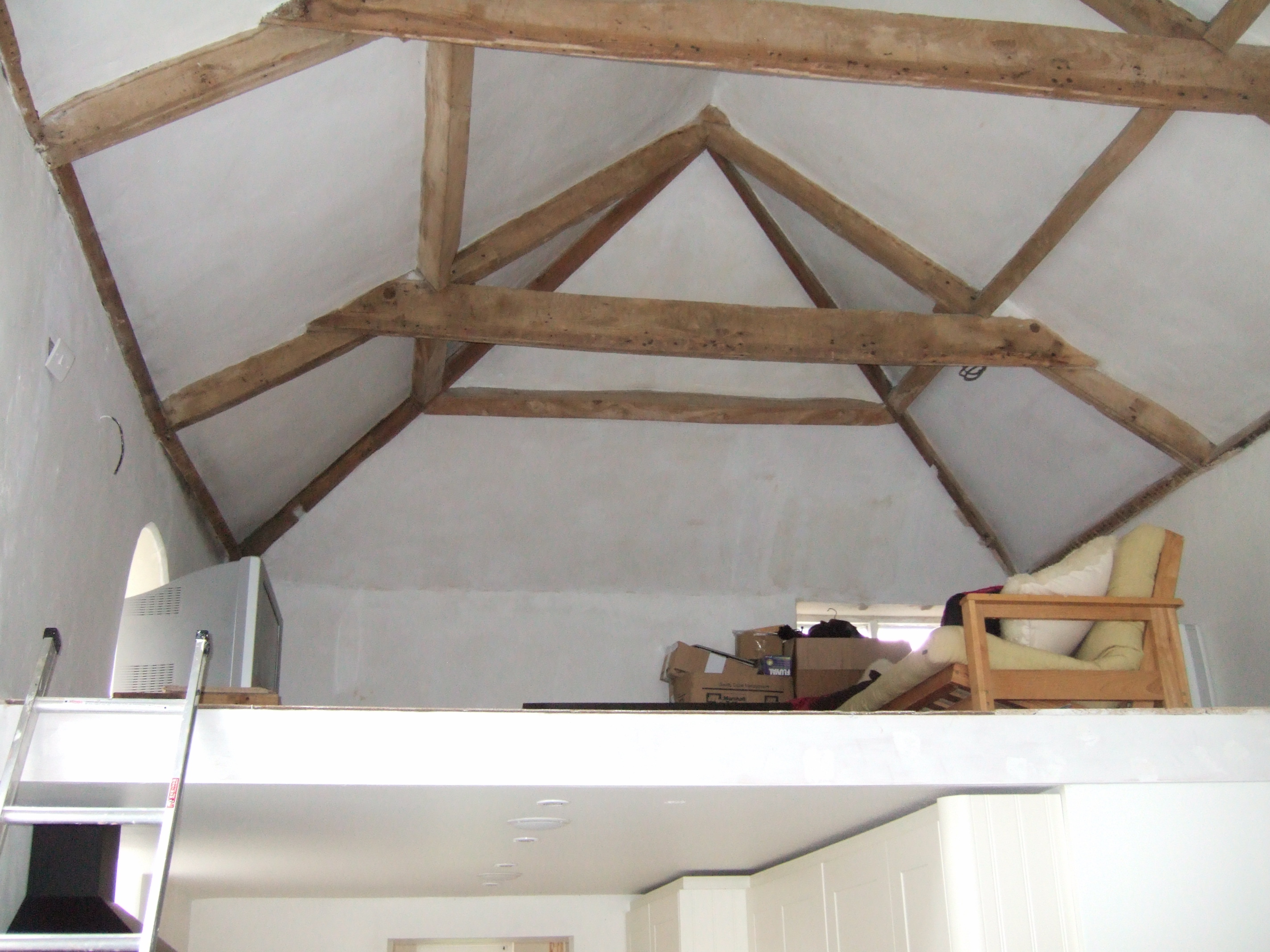
Ever since the Chancellor reduced the tax relief for landlords and introduced the additional stamp duty many landlords have turned to refurbishment projects in order to try to maintain or improve their profit margins.
Read - How to organise refurbishment finance checklist
We have come up with four reason to give a kiss of life to a tired or dilapidated property.
Case study – Mr Adams - Auction purchase

Mr Adams purchased a property at auction for £125,000. His intention was to renovate it as it had become somewhat rundown.
Property purchase price:- Mr Adams bought the property for £125,000
Refurbishment cost: It cost Mr Adams £15,000 to refurbish over a period of 6 weeks
Mr Adams arranged a refurbishment loan for£93,750 @0.79% per month with interest serviced on a monthly basis. It took 18 days to arrange the finance/
GDV: £200,000
Return £60,000 gross
Mr Adams sold his property 10 weeks after he purchased it.
Read - How to organise refurbishment finance checklist
There are a number of issues when it comes to carrying out renovation works. In order for a property to be deemed suitable for mortgage purposes, it needs to be habitable, wind and water tight and be fully functional (kitchens and bathrooms). Refurbishment finance is a popular option, and is often used to bridge a funding gap until a conventional buy to let mortgage is available or the property is sold.
Refurbishment of properties can be classified into light refurbishment and heavy refurbishment. The former would include new bathrooms and kitchens, electrics, plumbing, plastering and decorating. The latter would include works that require planning consent and also change of use, for example, offices to flats and public houses to Houses in Multiple Occupation (HMOs).
More information can be found at our - How to organise refurbishment finance checklist